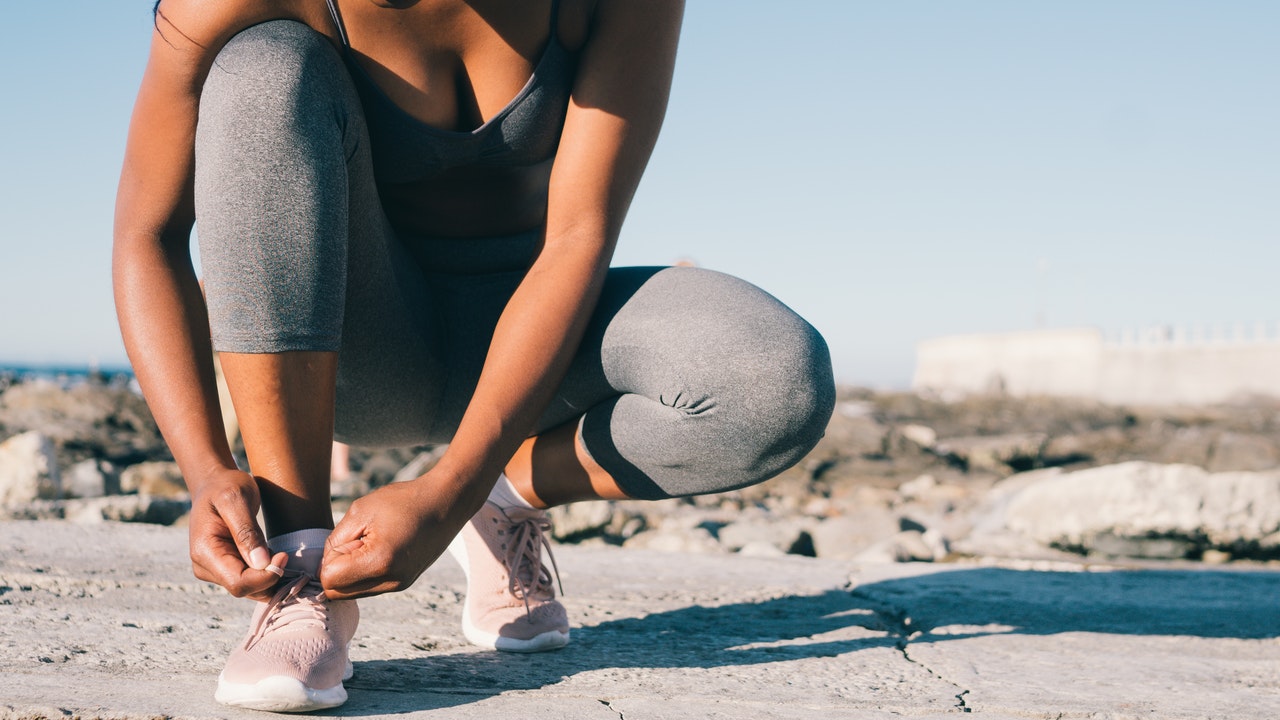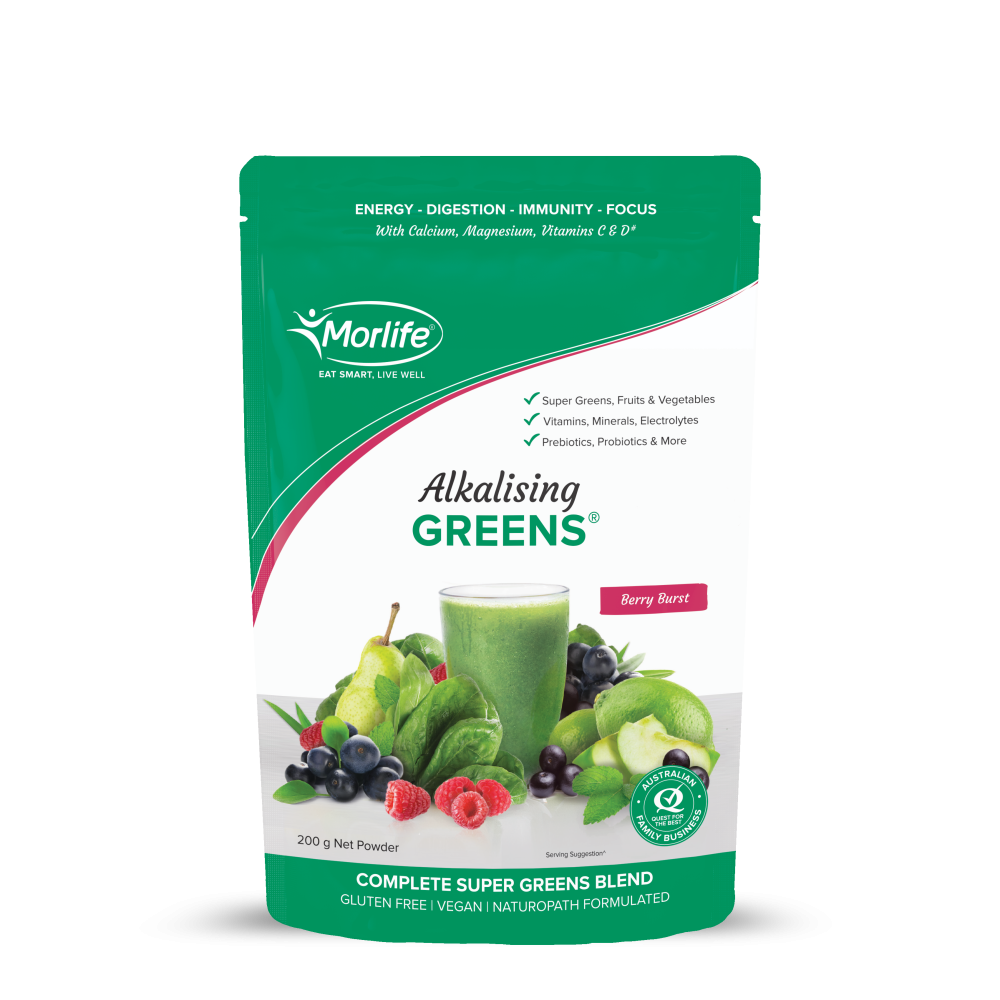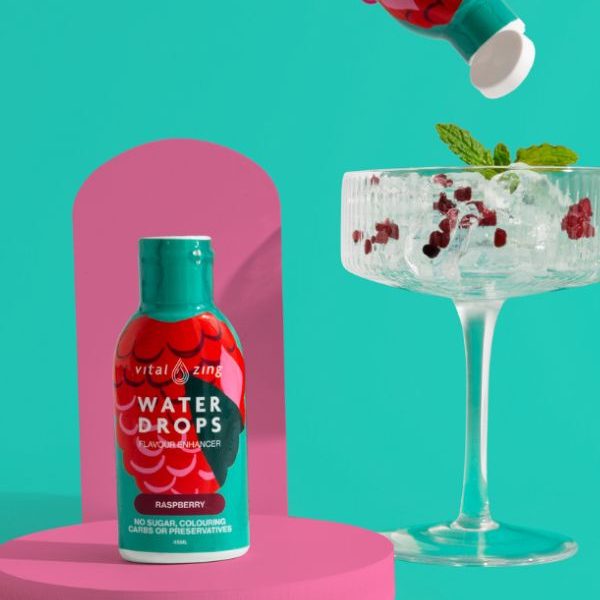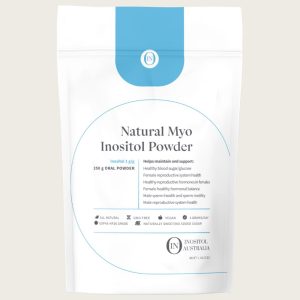
Insulin resistance is a potentially life-threatening medical condition that is extremely common in Australia and all over the world. Insulin resistance is not full-blown diabetes, but it can impact our daily lives in a number of ways.
Luckily, there are methods of treatment for insulin resistance that individuals can try to help manage this condition. Here’s what you need to know about the condition and the best treatments for insulin resistance in Australia.
What is Insulin Resistance?
According to Dietitians Australia, insulin resistance is classified as a condition that someone gets when the body does not respond to the hormone insulin. Insulin is a hormone that is naturally produced by the pancreas to break down carbohydrates into glucose so that the body can use it for energy.
When the body stops responding to the insulin, the carbohydrates are still converted into glucose in the blood but they cannot be taken up by our muscles and liver. Therefore, the body has higher amounts of blood glucose levels.
There are primarily two types of insulin resistance, including type A insulin resistance syndrome and type B. People with insulin sensitivity have a higher chance of developing type 2 diabetes, which can lead to more health problems, including loss of limbs and death.
Individuals at a higher risk of developing insulin resistance include:
- Overweight individuals (especially with weight gain around the stomach)
- Physically inactive individuals
- Women with polycystic ovarian syndrome (PCOS), who could develop gestational diabetes
- People with a family history of diabetes
- And certain ethnic groups
Insulin sensitivity can also be part of metabolic syndrome or a cluster of health conditions that occur at the same time. These conditions include high blood pressure, high blood sugar, excess body fat around the waist, and abnormal cholesterol or triglyceride levels. And without managing metabolic syndrome, you could develop heart disease, stroke and type 2 diabetes.
Common Symptoms of Insulin Resistance
Insulin resistance diagnosis is best done by a doctor who will test the blood for blood sugar levels. Insulin resistance is measured based on other factors too, such as obesity, cholesterol levels, and more.
Common symptoms of insulin resistance observed by doctors include:
- Waistline over 100 cm in men, 89 cm in women
- Blood pressure higher than 130/80
- Fasting glucose over 100 mg/dl
- Fasting triglyceride level over 150 mg/dL
You might not recognize you have insulin resistance or any kind of metabolic syndrome as the symptoms aren’t that noticeable. However, some people have darkened skin in certain areas, like the armpit, back, or neck (also known as acanthosis nigricans). Skin tags in the same area might also indicate insulin resistance.
Individuals with elevated blood sugar levels might also have prediabetes, impaired glucose tolerance, or severe insulin resistance. This is why it’s important to speak with your GP rather than self-diagnosis. Read the following treatments for insulin resistance to help understand and manage this condition.
6 Best Treatments for Insulin Resistance
According to Dietitians Australia, the best treatments for insulin resistance include lifestyle changes, like healthier eating, weight loss programs, and being physically active. So what does that look like exactly?
Here are some of the best treatments for insulin resistance:
1. Regular Exercise
Regularly getting your heart rate up leads to improved health overall, a lowered risk of heart disease, and improvements in cardiovascular function. It can also increase the chance of your muscles and liver taking up the insulin that is floating in your blood.
Regular physical activity has been shown to improve the body’s overall insulin level. Know that getting active even for as little as 30 minutes a day can make all the difference.
You can be active through cardio, like walking, running, and riding the bike. But also consider resistance training like lifting hand weights. Incidental activities, such as gardening, housework, and walking around the shops, can help you stay active more regularly throughout the day. A rowing machine combines resistance and aerobic work & is low impact on joints.
2. Modifying Your Diet
Healthier eating is proven to be one of the best treatments for insulin resistance. You’ll want to consider eating a varied diet, with plenty of vegetables and fruit. As much as five servings of vegetables and two pieces of fruit a day can help with insulin sensitivity.
Consider whole grains when purchasing breakfast cereals, bread, and other carbohydrates. Legumes, oats, cracked wheat can all be enjoyed on a regular basis.
The insulin resistance diet can be difficult if you are just starting out. But resources like Diabetes Australia can help guide you in the right direction. Consider their guide on “What should I eat?” for diabetes management.
3. Cutting Back On Sweets, Alcohol, and Processed Sugars
Losing weight can significantly improve insulin resistance, although weight loss can be difficult to achieve. Consider cutting back on some poor eating habits, like eating larger portions and eating calorically high foods. You’ll want to be careful with calorie restriction as this can impact your blood glucose levels.
One helpful guide for reducing blood sugar is the glycaemic index (GI). Foods low on the GI, below 55, can slow the rate of absorption of glucose into the bloodstream. This requires the body to produce less insulin, reducing the risk of having higher insulin levels in the blood.
Saturated fat can also contribute to insulin resistance. Cut back on commercially produced cakes, biscuits, fried foods, large, cream, and butter. Not only will this reduce the severity of your insulin resistance, but it will also decrease the risk of cardiovascular disease and other risk factors.
4. Drinking Plenty Of Water
Drinking more water overall is great for your health. It not only allows the body to be fueled properly, but it also increases your energy levels and reduces many unhealthy cravings.
Drinking more water will help to minimize the number of sugary drinks that you consume and may lead to healthier food choices, like vegetables and fruit. As a general rule men need 10 x 250ml cups a day of water and women need 8 cups per day (9 if pregnant or breastfeeding).
Water is the best drink to have because it contains no extra kilojoules and won’t have an effect on your blood sugar levels.
5. Lowering Stress Levels
While you may not realize it, stress has profound effects on physiology. Research suggests that mood and diabetes go hand-in-hand. For example, if your blood sugar level is too high or too low, then this can impact your energy levels and cognitive functioning, leading to fluctuating moods and stress levels.
Additionally, new research has found links between stress, diet, and type 2 diabetes. Four new studies based out of Queensland believe that understanding the combined effect of stress and unhealthy diets could support the most effective treatments for insulin resistance.
According to these researchers, “Heart disease is one of the leading causes of death in people with type 2 diabetes. [Unfortunately,] the combined impact of both chronic stress and unhealthy diets on people with diabetes and their heart health is not well understood.” Moreover, “Up to 75% of people with diabetes report experiencing serious stress in their day-to-day lives and it is important we understand how this impacts their physical health.”
While we may not fully understand this link, it is best to start practising stress reduction techniques so that we allow our body to function normally and without constantly responding to high-stress situations, which activate our fight-or-flight response.
People with insulin sensitivity should practice yoga, deep breathing, meditation, quiet and peaceful thinking, reduced screen time, and self-care.
6. Taking Healthy Supplements
Sometimes insulin resistance cannot be tackled on its own. Healthy supplements like myo-Inositol can support our health journey and provide natural support for reducing insulin resistance. Natural supplement inositol is one of the most widely recommended supplements for insulin resistance treatment
Inositol, which is also referred to as vitamin B8, is found naturally in plants such as citrus fruits, grains, nuts, and beans. A popular supplement for cognitive health, women’s health, and metabolic health, Inositol can allow people to feel more energised, confident, and in control of their day.
You should always consult with your GP to know if inositol powder makes sense for you. Luckily, inositol is relatively safe to take and it comes in pill or powder form, which can be mixed into drinks like water.
Caffeine can reduce the effectiveness of inositol. Users might consider taking 4 grams, or a metric teaspoon, of Inositol per day to reach the effective response. This can amount to only 2 grams in the morning and 2 grams in the evening, both with food.
We hope these 6 methods of treatments for insulin resistance help you better understand and manage your overall health and condition.
For further information, See today how Inositol can help your insulin sensitivity.
-
Natural Myo Inositol for Insulin Resistance$ 34.95 – $ 209.95
-
Nature’s Sunshine Berberine – 90 Capsules$ 49.95
-
Morlife Collagen Protein Water – 400g – Tropical or Berry$ 54.95
-
Morlife Beauty Collagen Antiox – Berry Deluxe 200g$ 49.95
-
Morlife Marine Collagen + Vitamin C – Unflavoured 200g$ 39.95
-
Morlife Plantiful Protein Powder – 440g – Chocolate or Vanilla Fudge$ 44.95
-
Morlife Alkalising Greens – Berry Burst 200g$ 44.95
-
Morlife Berry Clean Liva Detox – Berry Elixir 200g$ 44.95
-
Vital Zing Water Drops$ 6.45
Resources
Dieticians Australia (2021). What is insulin resistance? Retrieved Jan 4, 2022.
Diabetes Australia (2021). What should I eat? Retrieved Jan 4, 2022.
Henriksen, E. J. (2002). Invited review: Effects of acute exercise and exercise training on insulin resistance. Journal of applied physiology, 93(2), 788-796. Retrieved Jan 4, 2022.
Diabetes Australia (2021). How can diabetes affect my feelings? Retrieved Jan 4, 2022.
Diabetes Australia (2021). New research investigates links between stress, diet and type 2 diabetes. Retrieved Jan 4, 2022.
Inositol Australia (2021). How To Treat Insulin Resistance Naturally. Retrieved Jan 4, 2022.
Inositol Australia (2021). Myo Inositol For Insulin Resistance. Retrieved Jan 4, 2022.
Hardy, O. T., Czech, M. P., & Corvera, S. (2012). What causes the insulin resistance underlying obesity? Current opinion in endocrinology, diabetes, and obesity, 19(2), 81. Retrieved Jan 4, 2022.
Diabetes Australia (2021). Glycemic Index. Retrieved Jan 5, 2022.












